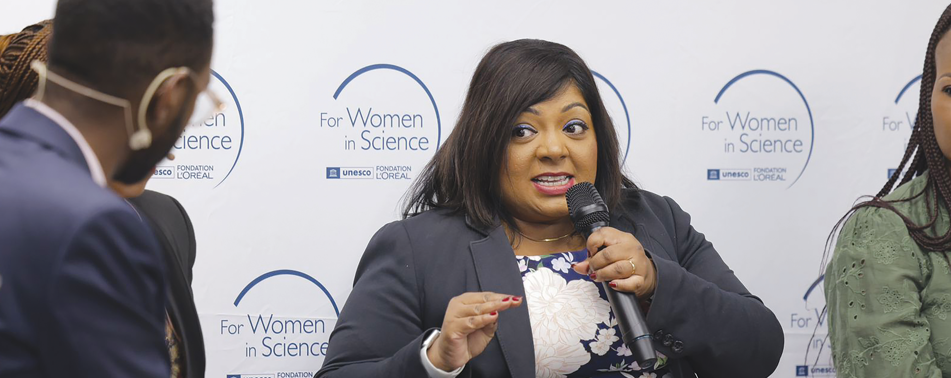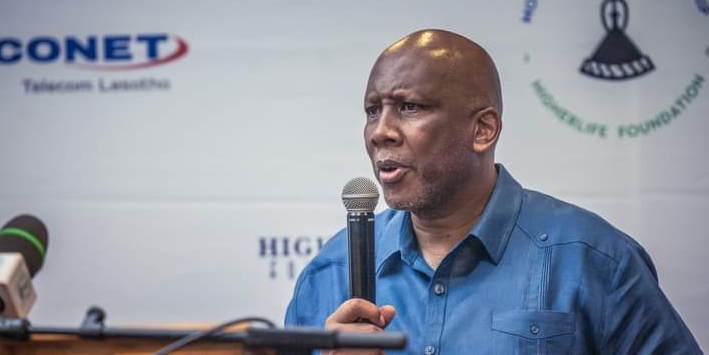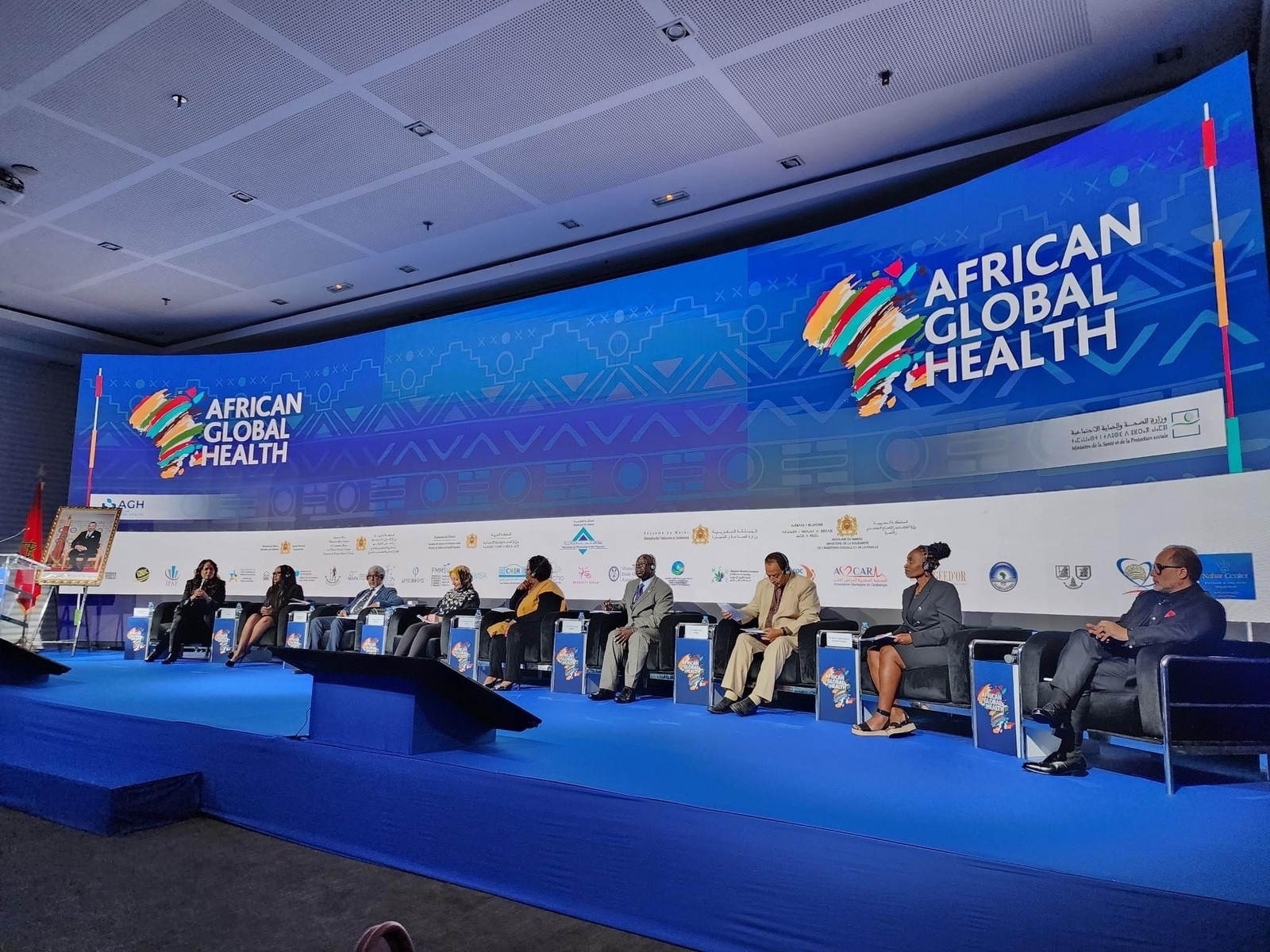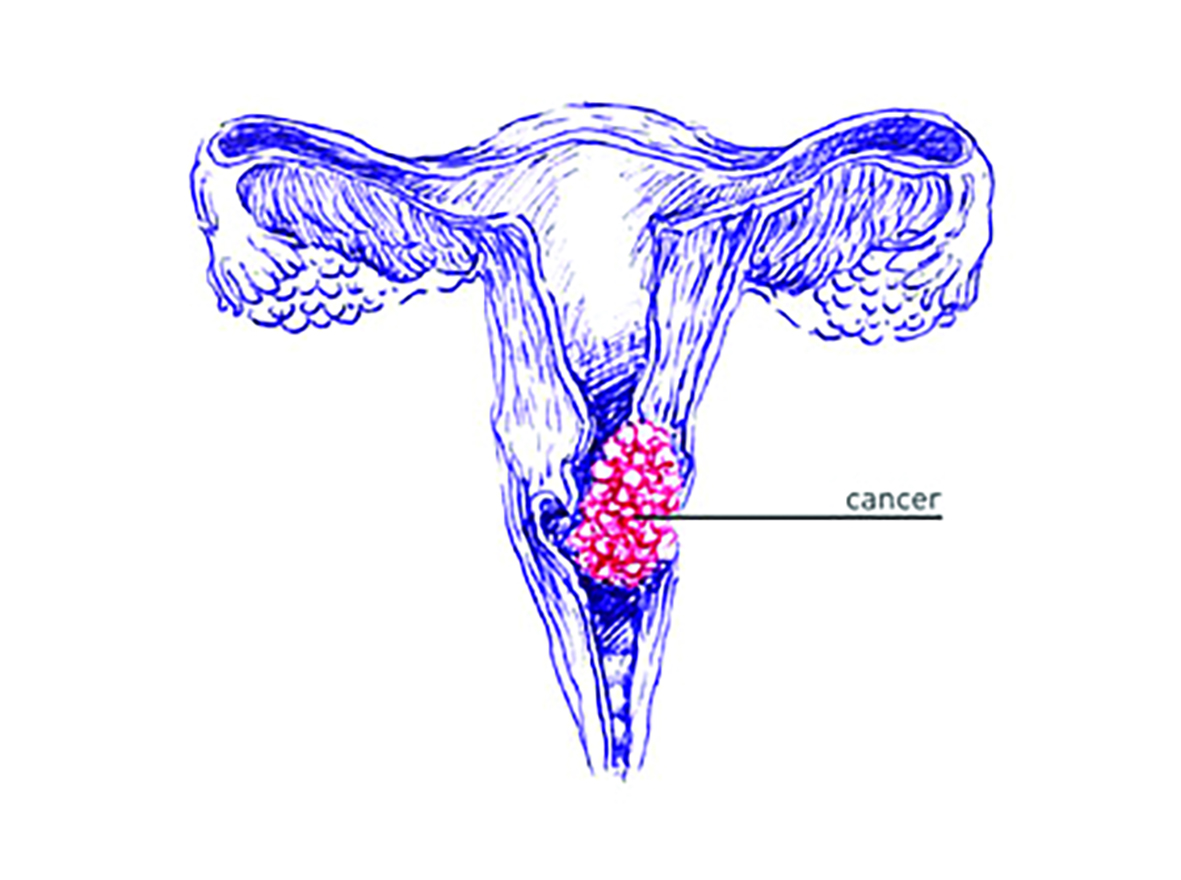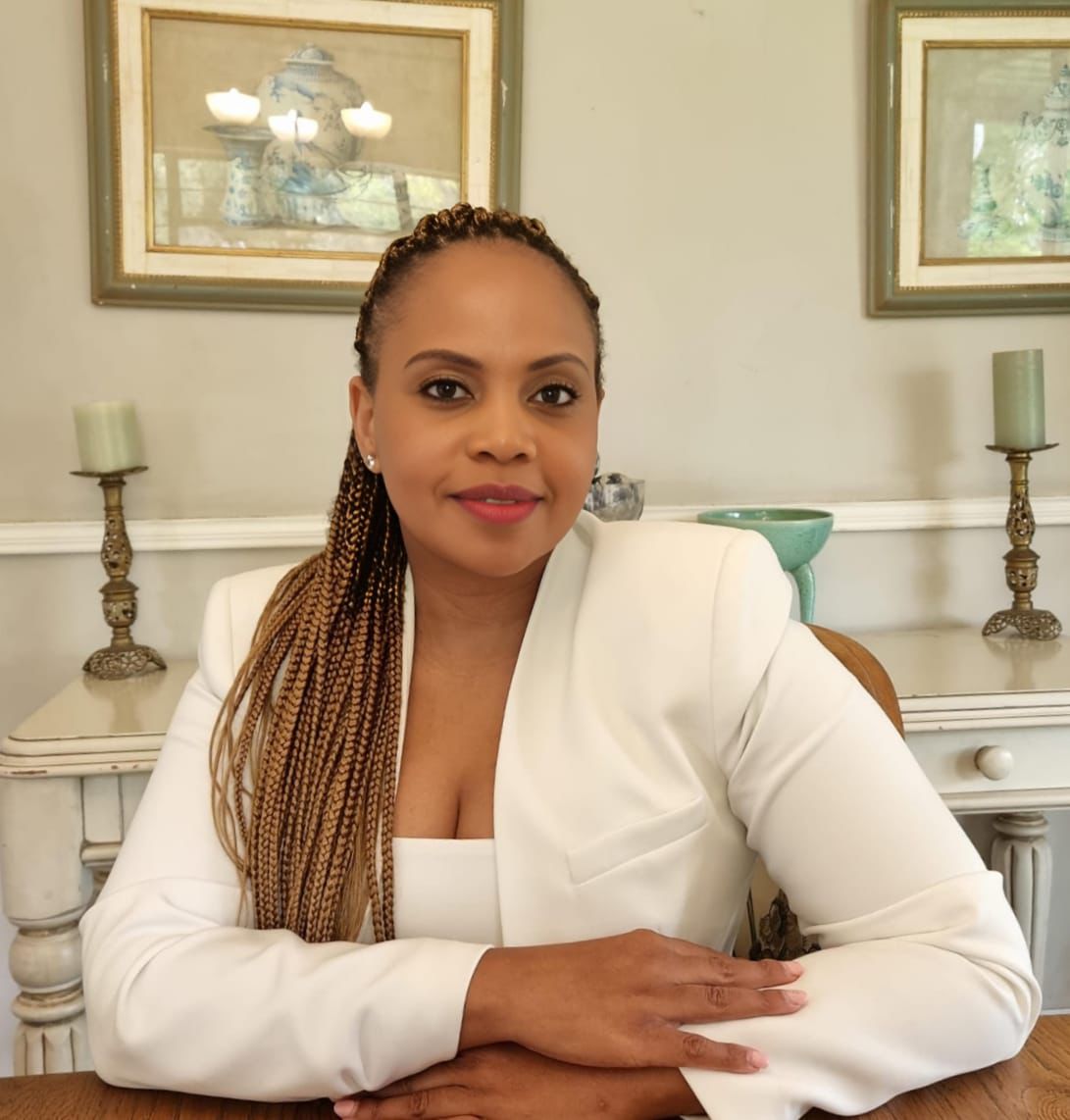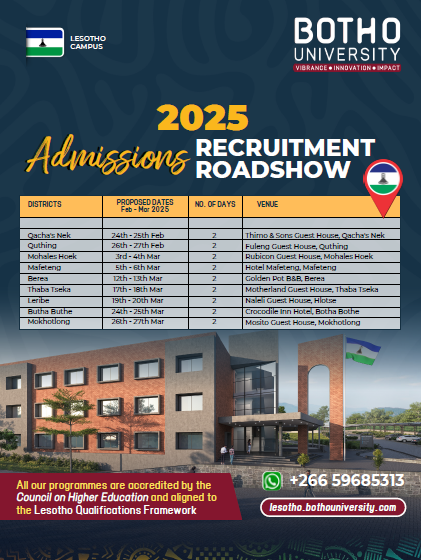Marcia Moyana
Efforts have been made to create opportunities for women to participate in the Science, Technology, Engineering and Mathematics (STEM) industry.
And while most women have taken these opportunities by enrolling for the courses at university, few of them are working in the field.
The United Nations Educational, Scientific and Cultural Organisation (UNESCO) reports that only 35 percent of STEM graduates are women. In South Africa, only 13 percent of women are working in the STEM field and eight percent are in the engineering sector.
The lack of early exposure to STEM subjects, lack of resources, “unwelcoming” working environments, lack of career progression, beliefs and stereotypes that women cannot study and work in the field and the lack of financial support are some of the stumbling blocks that prevent women from participating or remaining in the field.
Speaking at the L’Oreal for Women in Science discussion that was held in Johannesburg on Wednesday, Education Programme Specialist at the UNESCO, Rovani Sigamoney said that more needed to be done to not only attract but to also retain women into the STEM industry.
She further highlighted that despite the challenges women faced, progress had been made to enhance support and celebrate upcoming and established scientists.
“The picture looks eerie but South Africa stands out and has made lots of progress on the continent and in terms of our projections, that is where we are heading all thanks to the Women in Science national programme which other countries on the continent do not have,” said Sigamoney.
She further highlighted some of the achievements that have been made under the UNESCO-L’Oreal for Women in Science programmes which supports 250 women researchers every year during their thesis or post-doctoral studies. More than 4 400 women scientists from 140 countries have been supported.
An enabling environment
“The programme has been phenomenal and we have had seven UNESCO-L’Oreal Laureates who have gone on to get their Nobel Laureates, with one of them went on to become the President of Mauritius,” Sigamoney added.
Supporting girls from a young age and creating an environment that allows them to see scientists as relatable and “ordinary” people.
For physicist and the Head of Biophotonics at the Photonics Centre within the Council for Scientific and Industrial Research (CSIR), Dr Patience Mthunzi-Kufa, this starts with not telling girls that physics is a difficult subject and closing the language barrier that learners from townships and rural communities struggle with when they get to university.
“One of the other barriers I faced at the then Rand Afrikaans University (RAU) was being told by a lecturer during my second year that black could not see in three dimensions so I was wasting my time and my mother’s money by studying physics. That barrier could have broken me down because as a young second year student, we are very impressionable but years later, I have a PhD in physics from an international institution,” said Mthunzi-Kufa.
The first Sub-Saharan African dermatologist for L’Oréal Paris, Dr Ayanda Motau struggled with having to prove herself to patients who doubted her expertise as a Black female dermatologist. She also added that there were fewer job opportunities in the public sector where she struggled to find a job after qualifying to be a dermatologist and ended up going into private practice.
South Africa has about 250 dermatologists in the country, with a 50/50 representation of both men and women. Up to 50 percent of all dermatologists are White, followed by 25 percent Blacks, 18 percent Asians, only three percent are Coloured and the race of the remaining four percent is unknown.
Motau added that it was demotivating for qualified dermatologists to face unemployment when the rates of those who were working in both the public and private sector remained so low when compared to the number of patients who need their services.
“As female dermatologists, we always have to work twice as hard to be taken seriously but once you are in the industry and have grown in it, people start to trust you because they recognise your name,” said Motau.
Opportunities for women in science
“I think the younger generation of women who are scientists, including myself, are privileged to grow up seeing scientists who look like them and have similar stories. We grew up thinking scientists were old White men in white lab coats,” she added.
Women and girls have been encouraged to take advantage of the opportunities that are available for them in the STEM field and to continue expanding their skills by not confining themselves within the field of their study.
With fewer women who remain in the field after completing their university studies or within a few years of working in the STEM field, women are further encouraged to collaborate and build innovative projects that are sustainable.
“Business has supported women in science but more needs to be done and that is why we constantly partner with business to support research and development. Through the National Equipment Programmes (NEP), we have ensured that women get equipment for their labs,” added the Chief Director for Multilateral and Africa Engagements at the Department of Science
and Innovation (DSI), Mmampei Chaba.
The DSI aims to support the science community through partnership with the private sector which has supported the training camps for girls who are in high school with laptops that have enabled the girls to access learning through technology.
The gender-focused approach is further applied to empower women and influence the research agenda which has mostly been driven and focused on the male perspective, leaving out voices of 50 percent of the population of women and girls.

Your Trusted Source for News and Insights in Lesotho!
At Newsday Media, we are passionate about delivering accurate, timely, and engaging news and multimedia content to our diverse audience. Founded with the vision of revolutionizing the media landscape in Lesotho, we have grown into a leading hybrid media company that blends traditional journalism with innovative digital platforms.


